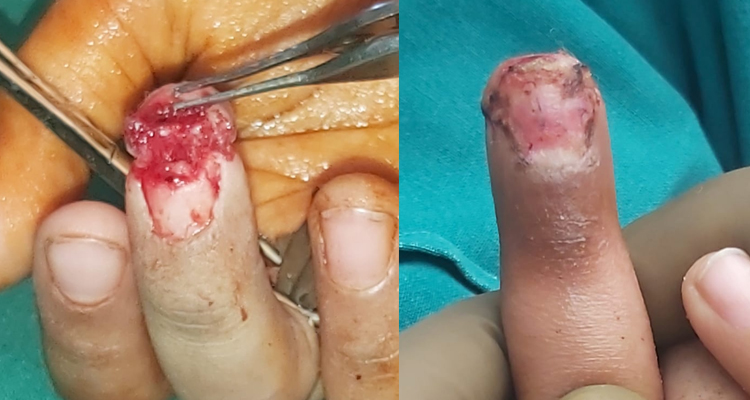
Trauma Including Facial Fractures
Trauma, including facial fractures, refers to injuries sustained as a result of physical force or impact to the face or head region. Facial fractures can occur in various bones of the face, including the nose, cheekbones (zygomas), eye sockets (orbits), jaw (mandible), and forehead (frontal bone). These fractures can result from a variety of causes, including motor vehicle accidents, falls, assaults, sports injuries, and industrial accidents.
When managing trauma, especially involving facial fractures, a multidisciplinary approach involving emergency medicine, trauma surgery, oral and maxillofacial surgery, plastic surgery, ophthalmology, and otolaryngology (ENT) is often required. The management of facial fractures typically involves the following steps:
-
Assessment and Stabilization: Patients with suspected facial fractures undergo a comprehensive evaluation, including a physical examination, imaging studies (such as X-rays, CT scans, or MRI), and assessment of associated injuries. Airway, breathing, and circulation are assessed and stabilized as needed.
-
Treatment Planning: A treatment plan is formulated based on the type, location, and severity of the facial fractures, as well as the presence of associated injuries. The goal is to restore facial aesthetics, function, and stability while minimizing complications.
-
Reduction and Fixation: Depending on the nature of the fracture, surgical reduction (realigning the broken bones) and fixation (stabilization with plates, screws, wires, or other hardware) may be necessary to restore normal anatomy and function. This may involve open reduction and internal fixation (ORIF) or closed reduction techniques.
-
Soft Tissue Management: In addition to addressing bony injuries, soft tissue injuries such as lacerations, contusions, and avulsions are also managed. Wound cleaning, repair, and reconstruction are performed to optimize wound healing and minimize scarring.
-
Orbital and Ocular Assessment: Patients with orbital fractures may require ophthalmologic evaluation to assess for associated eye injuries, such as globe rupture, orbital hematoma, or extraocular muscle entrapment. Urgent intervention may be necessary to prevent vision loss or other complications.
-
Postoperative Care: Following surgical intervention, patients receive appropriate postoperative care, including pain management, monitoring for signs of infection or complications, and rehabilitation as needed to restore function and mobility.
-
Long-Term Follow-Up: Long-term follow-up is essential to monitor healing, assess for complications (such as malunion, nonunion, or infection), and address any residual functional or aesthetic concerns. Additional procedures, such as scar revision or secondary bone grafting, may be performed as needed.
Overall, the management of trauma, including facial fractures, requires prompt recognition, comprehensive evaluation, and timely intervention to optimize outcomes and minimize long-term sequelae. Collaboration among various medical specialties is essential to provide comprehensive care to patients with complex facial trauma.
Book Appointment